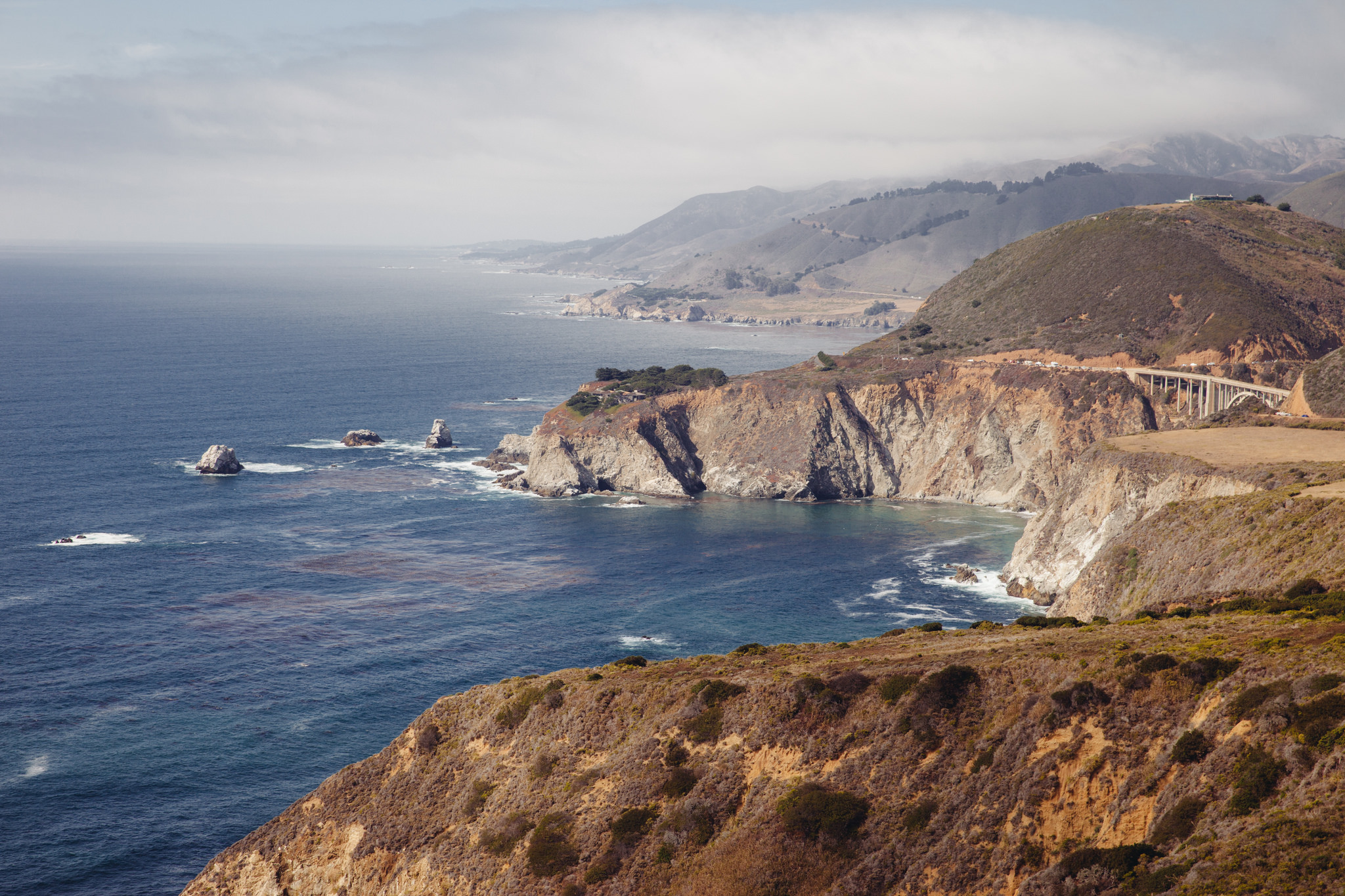Fuel Types & What They Mean to You
When planning a campervan adventure, understanding the different types of fuel and their impact on your journey is essential. Each fuel type comes with its own set of pros and cons, especially when it comes to efficiency, environmental impact, and availability. Here’s a rundown of the most common fuel types you’ll encounter and how they relate to campervans.
1. Diesel
Diesel is a popular choice for many campervans due to its fuel efficiency and torque. Diesel engines tend to get better mileage than their unleaded counterparts, making them ideal for long-distance road trips. They’re also known for their durability and longevity, which can be a plus for heavy-duty vehicles like campervans. However, diesel engines can produce more emissions and particulates, which has led to stricter regulations in some regions. Diesel fuel is generally more widely available, especially in rural or remote areas, making it a reliable option for cross-country adventures.
2. Unleaded Petrol
Unleaded petrol, or gasoline, is commonly used in smaller campervans and offers a quieter and smoother ride compared to diesel. While petrol engines typically have lower fuel efficiency, they often provide better acceleration and are less expensive to purchase upfront. On the downside, unleaded petrol engines generally emit more CO2 than diesel, though advances in technology are reducing this gap. Unleaded fuel is widely available, making it a convenient option for most travelers.
3. Electric
Electric campervans are emerging as a sustainable alternative, aligning with the global shift towards renewable energy. They offer a clean and quiet driving experience with zero emissions, which is great for the environment. The challenge lies in the availability of charging stations, which can be sparse in rural areas, and the current range limitations, although this is rapidly improving. Electric campervans are ideal for those committed to reducing their carbon footprint and who plan to travel in regions with good charging infrastructure.
4. Hybrid
Hybrid campervans combine petrol or diesel engines with electric power, offering a balance between traditional fuels and greener energy. These vehicles can switch between the fuel engine and electric motor to maximize efficiency and minimize emissions. Hybrids are particularly useful for city driving or shorter trips where electric mode can be used more frequently, reducing overall fuel consumption. They’re a great transitional choice for travelers who want to dip their toes into eco-friendly travel without fully committing to electric.
5. Biofuels
Biofuels, such as biodiesel, are made from renewable sources like vegetable oils or animal fats. They can often be used in diesel engines with little or no modification, providing a more sustainable fuel option. Biofuels produce fewer emissions compared to traditional diesel, but availability can be an issue, especially in more remote locations. If you’re keen on using biofuels, it’s wise to plan your route around refueling stations that offer them.
6. LPG (Liquefied Petroleum Gas)
LPG is another alternative that some campervans use. It’s cleaner than petrol and diesel, offering lower CO2 emissions. LPG is also generally cheaper than petrol and diesel, providing cost savings over time. However, it requires a specific engine modification, and LPG stations are less common, which could limit your travel flexibility.
Choosing the right fuel type for your campervan is an important decision that affects not only your travel experience but also your environmental impact. Consider factors like availability, cost, efficiency, and your own sustainability goals when selecting a fuel type for your campervan journey. Whether you’re exploring the vast landscapes of Australia or cruising through the scenic routes of New Zealand, understanding these options can help you make an informed choice that aligns with your adventure and values. Safe travels and happy exploring!

